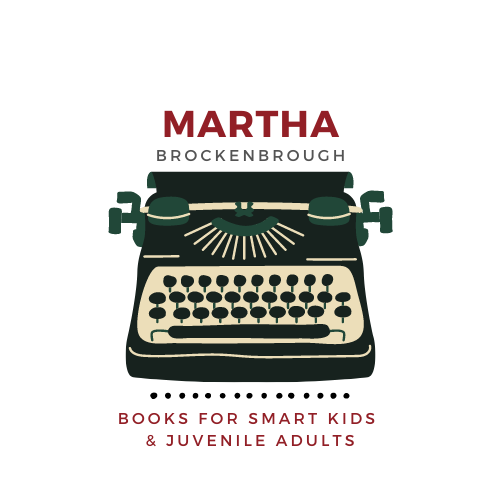Sometimes when a new author/illustrator makes a huge splash with a debut, it can seem as if that person came from nowhere and became an overnight success.
Almost always, though, that overnight thing took years to achieve. The SCBWI is full of such stories, and one of my favorites is Mike Curato, a true gem of a person whose debut book, Little Elliot in the Big City, charmed everyone (including a New York Times reviewer). I remember seeing his portfolio a few years ago at a conference and I was smitten—and it's a thrill to see what's become of Mike and his charming polka-dot elephant.
His is one of the SCBWI success stories who'll be featured at the summer conference in Los Angeles, and I'm delighted to give you a preview here.
(You can still register for the conference, which might just be the best investment ever you make in your writing and illustrating dream.)
So, Mike: You're an SCBWI success story now. What was the Mike Curato story leading up to your success? How many years did you work for this, and how did you refine your skills?
In 2003, after graduating from Syracuse University with a degree in illustration, I moved to Seattle, WA. As you can imagine, forging an illustration career fresh out of college is quite a challenge. Those early years were dedicated more to survival than to my dreams. There I went from working as a barista to retail to office admin to graphic designer. I worked hard, and I became successful as a designer. However, that whole time I was still daydreaming of making picture books. Over the years I sent out manuscripts and post cards, entered illustration competitions, had an occasional local show, all in the hopes of jump-starting an illustration career.
Then in 2010, I was approached to illustrate a picture book by a local aspiring author, Amy Jones. We met several years prior via a show that she curated. Amy was going to self-publish, an she was going to pay me to make her book, Mabel McNabb and the Most Boring Day Ever. I had three months to make the entire book, and I did it. Though we did not have the resources to ensure the book's success, the experience emboldened me.
I created the book using a style that I had been developing for a bit: pencil drawings with digital color. After years of being unsatisfied with my painting work, I went back to my original love, drawing. I combined my hand work with Photoshop skills that I learned as a designer. To experiment with this new technique, I focused on a character that I had doodled in my sketchbook since moving to Seattle: a small white polka-dotted elephant. After Mabel McNabb was finished, I threw myself into making more personal work featuring "Elly." I booked a show at my favorite cupcake cafe to give myself a deadline. The show went up in December 2011, and the response was very positive.
Two months later, I gathered up my portfolio and attended the 2012 SCBWI Winter Conference in NYC. I suppose the rest is history.
Little Elliot, Big City released August 2014, eleven years after I graduated.
Oh, hey, Hillary Clinton. We see you have a copy of Mike's book. We approve.
If you could give your old self any advice when starting out, what would it be?
I think I'd tell myself to spend less time crying and more time creating more personal work. The work is for yourself. Make things that make you smile inside. Above all, don't give up. I remember when I started contemplating that it may never happen, and that eventually I would have to accept reality. Thank God I wasn't satisfied with that.
What's your process for writing and illustrating a picture book like? Do you start with images or with character or with story?
In the case of Little Elliot, the character came first. I was at an extreme advantage since I had spent ten years getting to know him. In "design speak," I already understood the Little Elliot brand. The images came next. There were several images that haunted me for years until I finally committed them to paper. Then, I would write about the images and try to answer the questions that came from them. Then, I jumped back and forth between writing and drawing. In the end, all the images and words go back to who Elliot is as a character.


